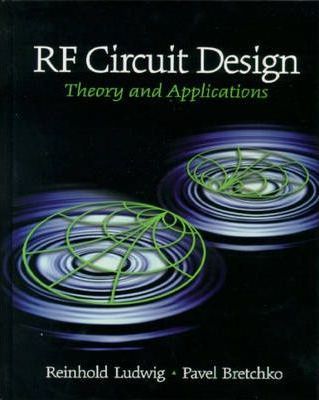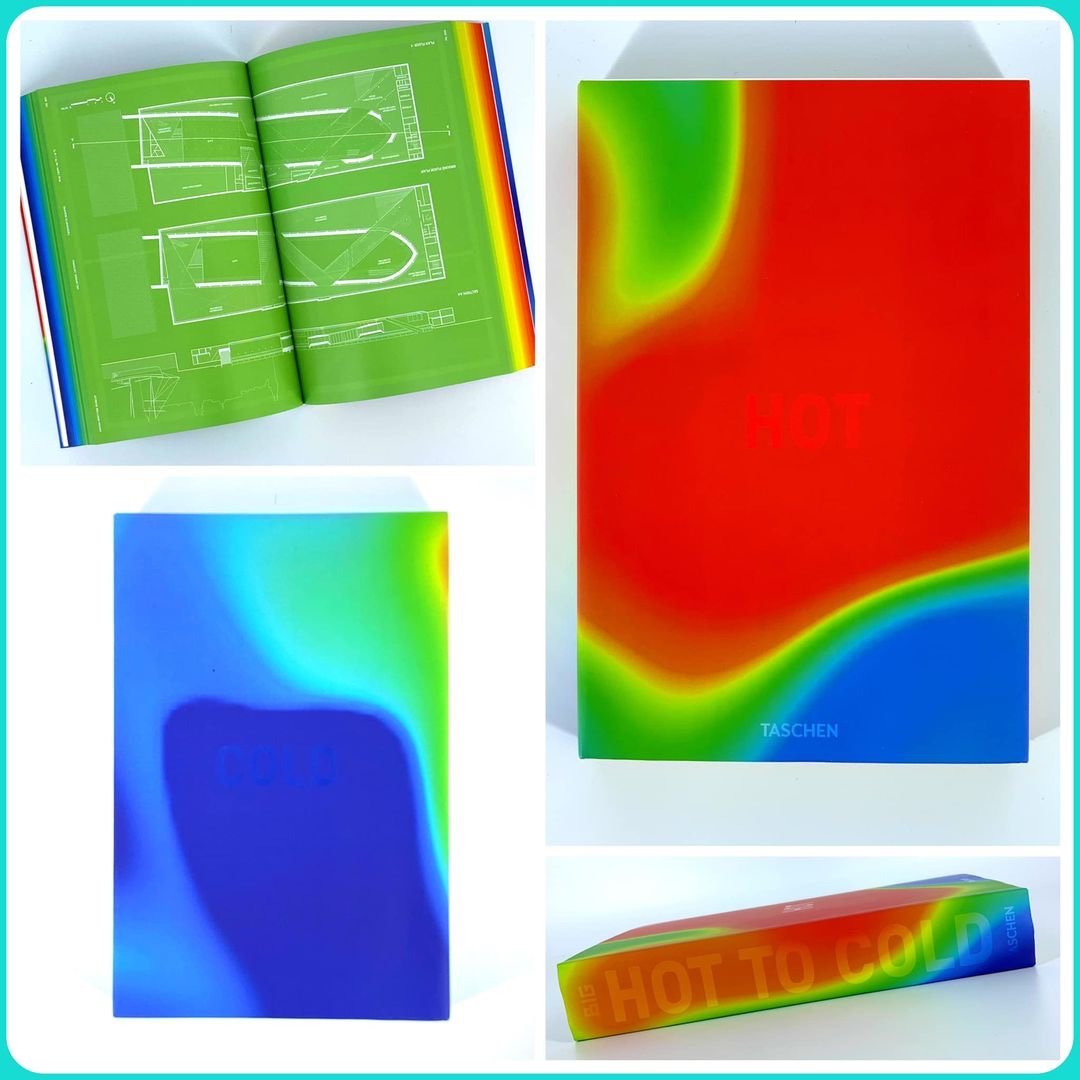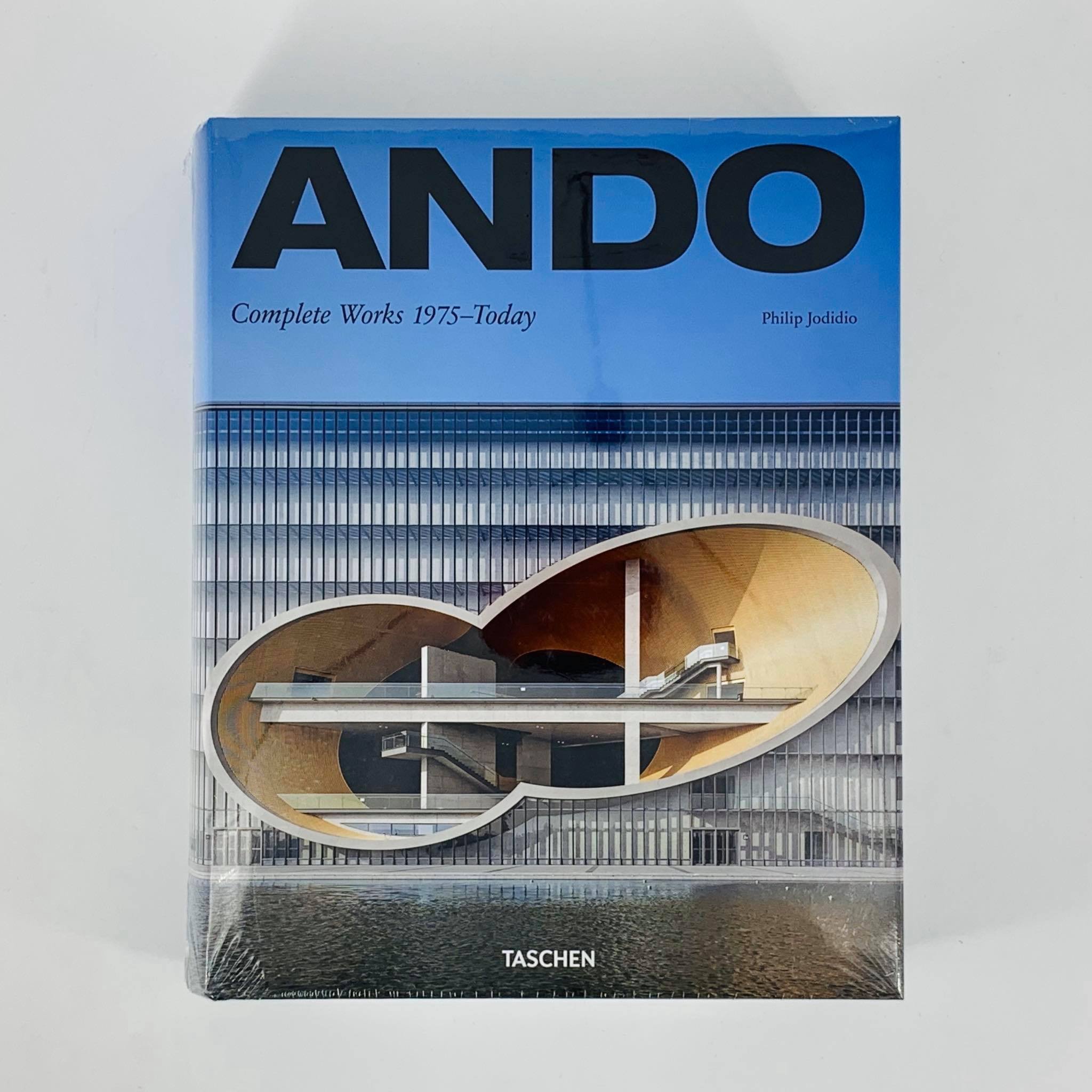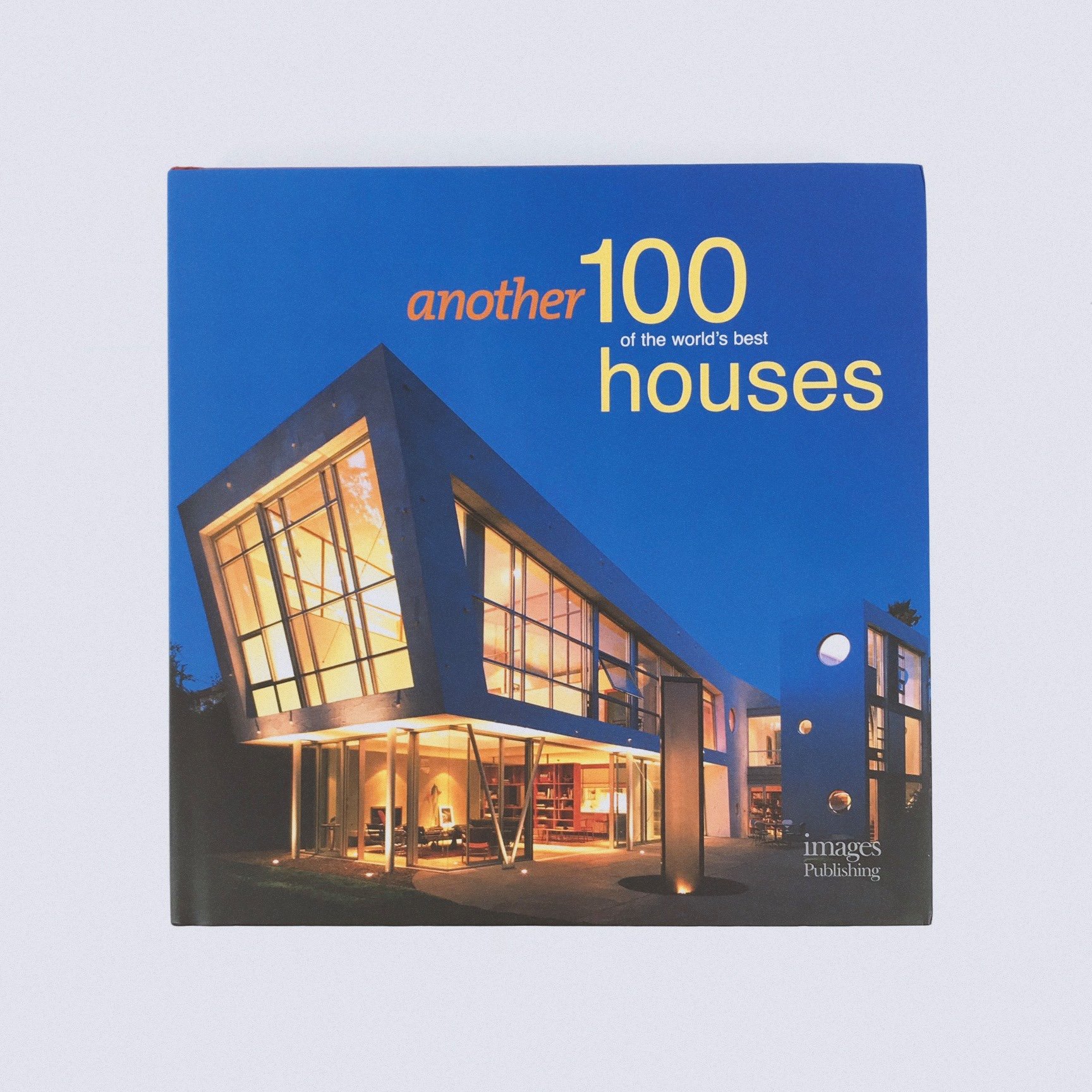RF Circuit Design : Theory and Applications: International Edition
SKU: 9780131224759 Supplier: Pearson Education (US) Out of stockDesciption
Author: Reinhold Ludwig , Pavel Bretchko
Format Mixed media product | 642 pages
Dimensions 191 x 235 x 24mm | 1,018g
Publication date 15 Feb 2000
For upper-level Electrical Engineering introductory courses in RF Circuit Design and analog integratedcircuits. This practical and comprehensive book introduces RF circuit design fundamentals with an emphasis on design methodologies. *Provides MATLAB routines to carry out simple transmission line computations and allow the graphical display of the resulting impedance behaviors as part of the Smith Chart. *Allows students to implement these software tools on their own PC. *All m-files will be included on a bound in CD-ROM. *Presents RF Amplifier Designs, including small and large signal designs, narrow versus broad band, low noise, and many others. *Provides students with useful broad-based knowledge of common amplifier designs used in the industry. *Discusses Matching Networks, such as T and P matching networks and single and double stub matching. It also includes Discrete and Microstrip Line matching techniques with computer simulations...*Presents Scattering parameterssuch as realistic listings of S-parameters for transistors and transmission line. *Highlights practical use of S-parameters in circuit design and performance evaluation.*
Features Smith Chart, including series and parallel connections of resistor, capacitor, and inductor networks. It also includes simulations in MATLAB to provide graphical display of circuit behavior and performance analysis. *Introduces the Smith Chart as a design tool to monitor electric behavior of circuits. *Introduces the generic forms of Oscillators and Mixers, including negative resistance condition, fixed-frequency, and YIG-tuned designs. *Explains the most common oscillator designs used in many RF systems. *Provides an overview of common filter types, including low, high, bandpass, Butterworth, and Chebyshev filters. *Provides design tools to enable students to develop a host of practically realizable filters. *Discusses the high-frequency behavior of common circuit components, including the behavior of resistors, capacitors, and inductors. *Helps students understand the difference of low versus high frequency responses. *Introduces the theory of distributed parameters through a discussion on Transmission Lines. This includes line parameters, sources and load terminations, and voltage and current waves.*
Outlines the need of distributed circuit theory in today's high frequency circuits. *Analyzes active/passive RF circuits through various network description models, especially the two-port network. This discussion also covers impedance, admittance, ABCD, h-parameter networks, and interrelations. *Includes a number of important pedagogical features-Intersperses examples throughout each chapter, and includes self-written MATLAB routines and circuit simulations by a commercial RF software package. *Assists students by clarifying and explaining the theoretical developments.Mixed media product | 642 pages
Dimensions 191 x 235 x 24mm | 1,018g
Publication date 15 Feb 2000
For upper-level Electrical Engineering introductory courses in RF Circuit Design and analog integratedcircuits. This practical and comprehensive book introduces RF circuit design fundamentals with an emphasis on design methodologies. *Provides MATLAB routines to carry out simple transmission line computations and allow the graphical display of the resulting impedance behaviors as part of the Smith Chart. *Allows students to implement these software tools on their own PC. *All m-files will be included on a bound in CD-ROM. *Presents RF Amplifier Designs, including small and large signal designs, narrow versus broad band, low noise, and many others. *Provides students with useful broad-based knowledge of common amplifier designs used in the industry. *Discusses Matching Networks, such as T and P matching networks and single and double stub matching. It also includes Discrete and Microstrip Line matching techniques with computer simulations...*Presents Scattering parameterssuch as realistic listings of S-parameters for transistors and transmission line. *Highlights practical use of S-parameters in circuit design and performance evaluation.*
Features Smith Chart, including series and parallel connections of resistor, capacitor, and inductor networks. It also includes simulations in MATLAB to provide graphical display of circuit behavior and performance analysis. *Introduces the Smith Chart as a design tool to monitor electric behavior of circuits. *Introduces the generic forms of Oscillators and Mixers, including negative resistance condition, fixed-frequency, and YIG-tuned designs. *Explains the most common oscillator designs used in many RF systems. *Provides an overview of common filter types, including low, high, bandpass, Butterworth, and Chebyshev filters. *Provides design tools to enable students to develop a host of practically realizable filters. *Discusses the high-frequency behavior of common circuit components, including the behavior of resistors, capacitors, and inductors. *Helps students understand the difference of low versus high frequency responses. *Introduces the theory of distributed parameters through a discussion on Transmission Lines. This includes line parameters, sources and load terminations, and voltage and current waves.*
Outlines the need of distributed circuit theory in today's high frequency circuits. *Analyzes active/passive RF circuits through various network description models, especially the two-port network. This discussion also covers impedance, admittance, ABCD, h-parameter networks, and interrelations. *Includes a number of important pedagogical features-Intersperses examples throughout each chapter, and includes self-written MATLAB routines and circuit simulations by a commercial RF software package. *Assists students by clarifying and explaining the theoretical developments.
PRODUCT REVIEWS
























